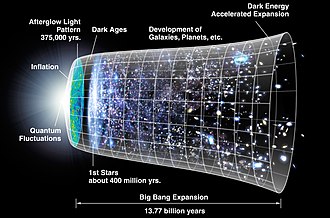CorporateNature No 139
There are two extremes in human behaviour: constructive and destructive. Constructive activities develop and produce new things, e.g. knowledge, infrastructure and all kinds of human structures that reduce entropy (chaos). On the other hand, destructive activities reduce to ruin existing structures and add to chaos - from a human point of view at least (nature would be free to disagree with us what is constructive and what is destructive).
In the animal world, two insects can represent reasonably well these two extremes: bees and flies.
1. THE CONSTRUCTIVE HONEY BEE
Honey bees are notoriously hardworking, disciplined and organised, as well as forming incredibly complex societies. The result of their productivity is complex structures (honeycombs) and sophisticated products such as honey, royal jelly, beeswax and propolis.
2. THE DESTRUCTIVE HOUSEFLY
To a human, the common housefly is the destructive yin to the honey bee’s constructive yang. Flies spread disease and lay eggs that grow into larvae in the dirtiest places in your house. There is a neat way to get rid of flies, though, without getting your hands dirty: all you need to do is open the window and let it fly back to nature, where the destructive/constructive equation is not a given and not clear-cut.
3. CITIES ON THE CONSTRUCTIVE-DESTRUCTIVE SPECTRUM
Just like beehives, some cities are orderly and productive: think of the Swiss cities of Zurich and Geneva which consistently rank at the top of global quality of life indices. Other cities, especially in tropical regions and developing countries, are a giant mess, with ghettos and favelas. Even the sprawling southern US cities are not a paragon of orderliness, with their notorious traffic jams in rush hour. Therefore, we should be able to forgive Gandhi for being anti-city, having experienced the squalor of cities in India.
Yet, even messy and squalid cities are more productive compared with nomadic communities or farming communities in the countryside. If cities weren't making good use of their human capital, people wouldn't be living there. Cities create their own ecosystems, just as nature does. The constructive/destructive forces in them form a broad and diffuse spectrum, just as nature accommodates both bees and flies.


